March 18, 2014
Artist, News and Artists, Podcast Series
Creatives’ Corner Spotlight with Vickie Chan of Chantown Creative
This is the written version of our Podcast Series where we asked a handful of artists to:
- Describe your craft/art,
- Tell us about a project you are most proud of,
- Tell us about a project that challenged you the most and what you learned,
- Describe your creative process/ritual, and finally,
- What’s next for you?
Read what Vickie Chan of Chantown Creative shared:
TAP: Describe your craft/art,
VC: There is no set form for my work and as an artist I believe that the idea and medium should work together, without limitation. In my work, each medium has its own set of concerns, which creates an (almost accidental) series, connected by style and sometimes subject matter.
When painting, I combine mediums to create areas of intense pattern, colour or detail, often leaving void spaces of ‘raw’ canvas to balance between a rich visual experience and something calm and simple, giving the viewer space to reflect between the two.
Combining images of scenes and places with song lyrics, which are pasted into the painting DIY style, the marriage of image and word create a juxtaposition that might be reminiscent to the viewer or create a challenging combination that begs the question of ‘what it means’.
It’s like a semiotic poke at pop culture and how we create memories and associations around music.
Only the viewer can create their own meaning for each piece, just as I have mine. There are no rules, rights or wrongs.
My drawings are usually ink based, wherein the medium itself dictates much of the feel and texture created by the hand as it moves. For the most part, I draw scenes that include a series of lines and angles, such as wooden hut buildings, coastal horizons or even shrine-like packed scenes, like shop windows or markets, where the lines of the objects collectively create a feeling which is more important than the singular objects themselves.
I sometimes develop these further into screen prints, which might or might not be simple on paper or more detailed on cloth, enriched with embroidery and drawing over the top.
TAP: Tell us about a project you are most proud of,
VC: I wouldn’t say that I am most proud of one project over another because they are carried out in a continuum of time, which means that they are, to me, time-specific – what I was thinking about or where I had been.
Some of my more recent works include a series of paintings on vinyl, which are presented in a Platinum disc format. Each painted record is an altered version of a real single or album cover, which I’m using to give commentary to something specific, which I tie back to the song’s original artwork.
The Platinum disc format allows me to include a small image of the original work and text about the original work and artist as well as a paragraph about my motivation. Likewise, the title of each piece becomes a parody or altered version of the original, keeping close to its roots in popular culture and music. I’m proud of this work because the start point through to the conclusion, are clear and well thought out.
TAP: Tell us about a project that challenged you the most and what you learned
VC: It seems strange but I don’t feel that many of my projects have been too difficult to follow through. The more important thing was creating works in succession and then looking back and realising what I was doing – my motivations, techniques and ideas, that had lead me to that. Something that helps with that is having friends such as other artists, curators, gallery owners and art historians to go over my work with me.
But my biggest challenge I recall was a large installation, which I wanted to make in the stairwell at my university building. It was considered a health and safety issue, which, as a student frustrated me to no end.
The work was about comfort verses the hollow feeling of the university studios, which made me want to stay at home more than go to school. The regulatory ruling made me want to stay at home even more.
But my tutor advised that these kinds of things can happen in the real world, in galleries and public spaces – and that as an artist my job was to react to this, not to give up. So instead, I created a tiny living room out of dried (unfired) clay, with a rocking chair and TV. I carefully placed it in the corner of my chosen stairway, where it looked sad and small, easily overlooked or knocked.
I was really pleased with my reaction, the work took on a stronger form than if I had created that false living room and sat there day after day. I’ll never forget the way that pushing an idea or overcoming an obstacle can take you further, to create something better and stronger than the original.
TAP: Describe your creative process/ritual, and finally,
VC: I have a folder of images that I have taken that contain scenes or elements that I think would look great turned into a linear stamp for a painting or an ink drawing.
But carrying those out, particularly the paintings, takes time. It depends also on what songs I have been listening to, what lyrics are with me and how and when I know I have found the right pairing.
Drawing is more like an exercise. When I just need to create and focus for a short time, or when I feel detail-focused, this is the answer. If anything, these are more like studies, which I could ultimately re-do in different sizes or turn into a screen prints. Another step is when I take separate objects or images to create my own scene, which is often somewhat whimsical or nonsensical.
TAP: What’s next for you?
VC: There’s no limit to how far you can push your art, but there is a limit on space, time and energy, particularly living in a city like Hong Kong and working full time.
I’m always keen to learn new techniques, but more so, to push ideas further. Things like changing the ‘canvas’ to painting on old instruments, or turning drawings into live animations, all interest me. But I find that I am always limited by what materials and equipment I have access to at the time.
One thing I can’t imagine I will ever do is become a computer intensive artist, although I know that would make working more accessible. I simply don’t want to sit in front of a computer, because then there is no texture or base material with which I am working and for me, it becomes inorganic.
In an ideal world, ‘what’s next’ would be a situation where I have more time and resources. Then, I could answer this question more clearly with thoughts of residencies, exhibitions, commissions, collaborative and larger projects.
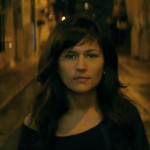 Vickie Chan, sometimes known as Chantown, is a Hong Kong-based mixed media artist who grew up in the UK.Graduating with a degree in Fine Art, her inspirations stem from ethnicity, identity, words, music, popular culture and places. Chan spends much of her time working commercially. Extending her creative world under her company name, Chantown Creative, she focuses on writing, marketing, and creative direction. Learn more about her at www.chantown.com or connect with her socially via @HKChantown and Facebook (www.facebook.com/chantown).
Vickie Chan, sometimes known as Chantown, is a Hong Kong-based mixed media artist who grew up in the UK.Graduating with a degree in Fine Art, her inspirations stem from ethnicity, identity, words, music, popular culture and places. Chan spends much of her time working commercially. Extending her creative world under her company name, Chantown Creative, she focuses on writing, marketing, and creative direction. Learn more about her at www.chantown.com or connect with her socially via @HKChantown and Facebook (www.facebook.com/chantown).


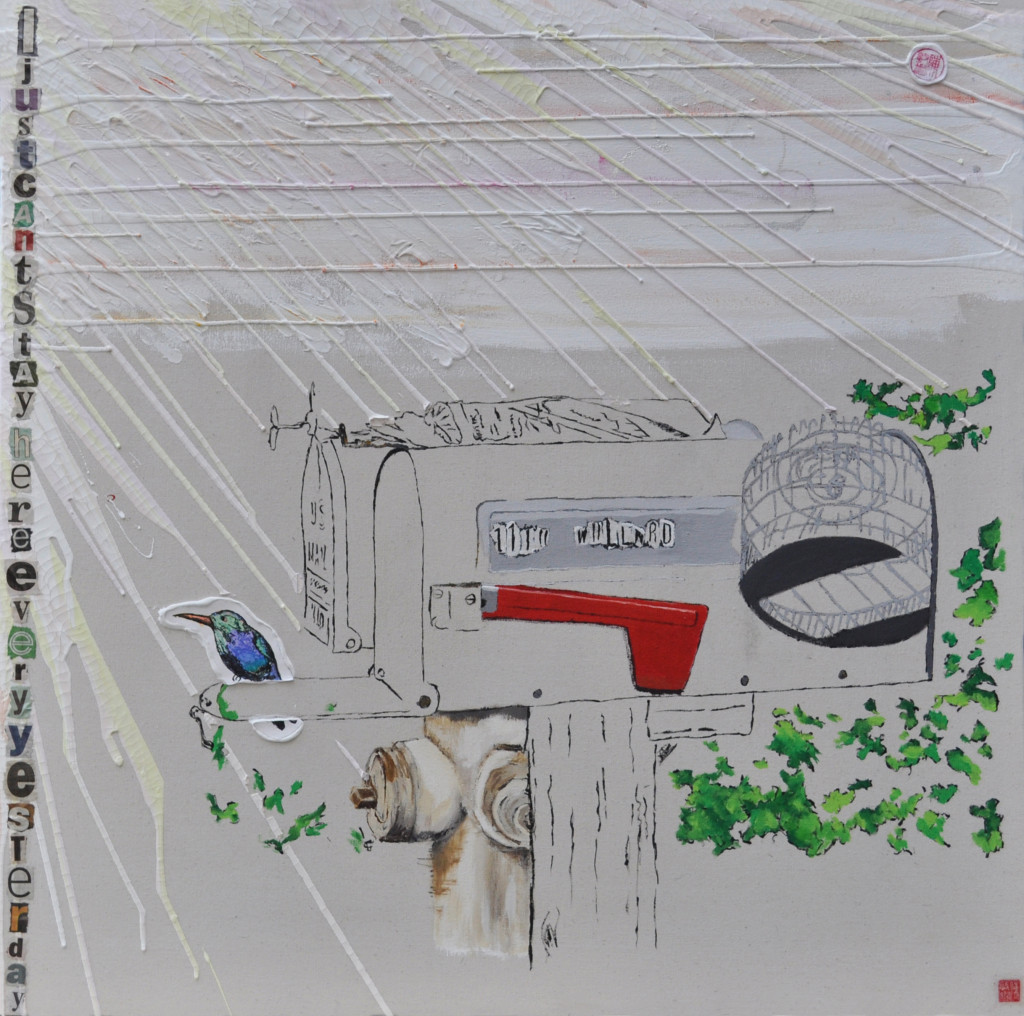
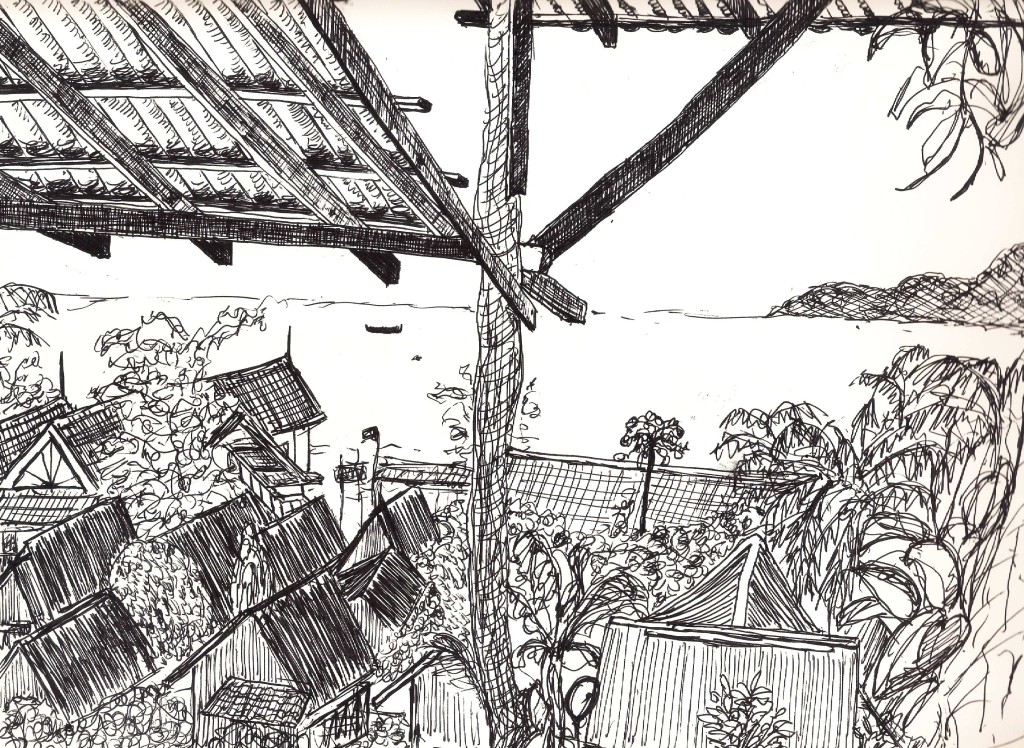
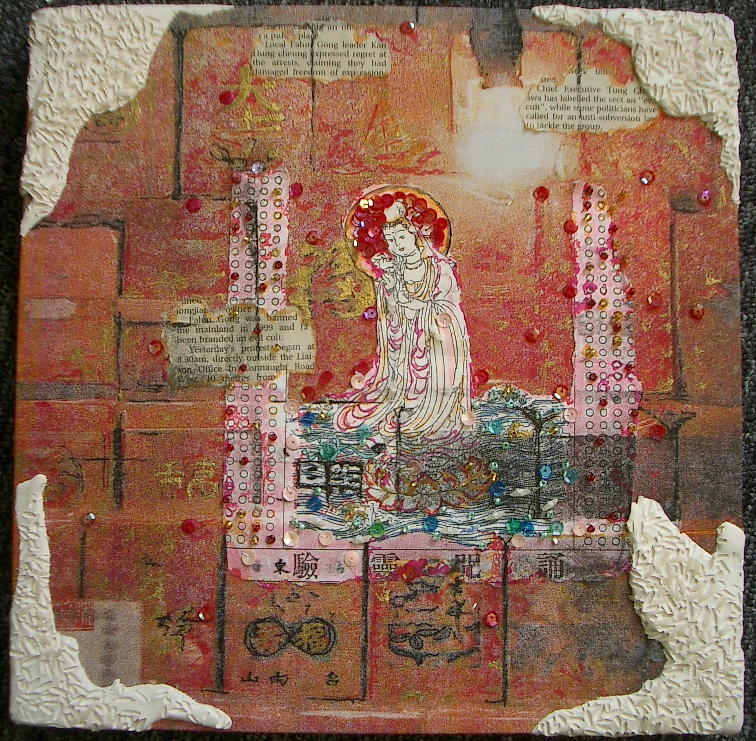
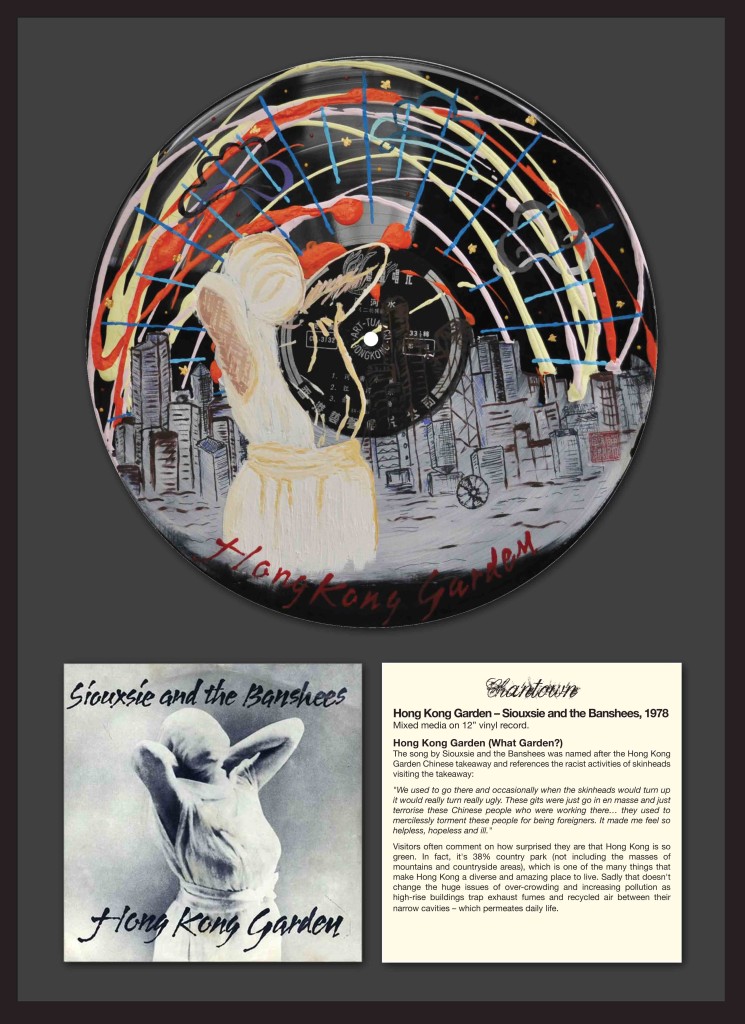
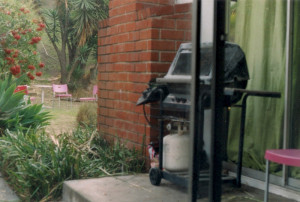

 Follow
Follow